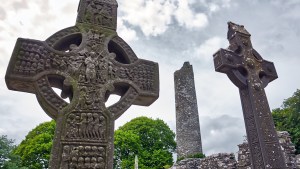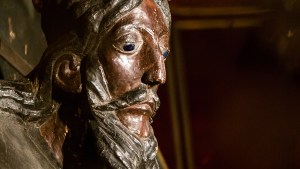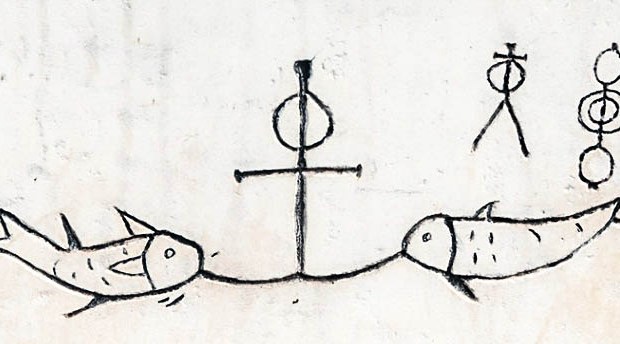Symbols abound in Christianity, and the most prominent symbol, of course, is the cross. Once a feared instrument of a horrible death, it has become the source of identity for millions of Christians.
From the cross or crucifix perched on top of churches to the action of making the sign of the cross on one’s own body, the symbol has become so ingrained in Christianity that it is impossible to do without it.
But the cross was not always so prominent. Yes, Christians have always believed that Jesus gave up his life on a cross and rose from the dead on the third day, but until Christianity gained a legal status in the Roman empire, one would not find the cross displayed so overtly.
“Before the time of the emperor Constantine in the 4th century, Christians were extremely reticent about portraying the cross because too open a display of it might expose them to ridicule or danger,” says the Encyclopaedia Brittanica. “After Constantine converted to Christianity, he abolished crucifixion as a death penalty and promoted, as symbols of the Christian faith, both the cross and the chi-rho monogram of the name of Christ. The symbols became immensely popular in Christian art and funerary monuments from c. 350 onward.”

Read more:
Unveiling the mystery of the “High Crosses of Ireland”
The Catholic Encyclopedia too speaks of “the almost total absence from Christian monuments of the period of persecutions of the plain, unadorned cross,” though early Christians did make the sign of the cross on their bodies.
If the cross was not as prominent in the early centuries, the fish was. Why fish, which had been used in pre-Christian art as a decorative sign? For one thing, the Greek word for fish, Ichthys, provided a handy tool for Christians to bear in mind, as the Catholic Encyclopedia puts it, “the character of Christ and His claim to the worship of believers: Iesous Christos Theou Yios Soter, i.e. Jesus Christ, Son of God, Savior.”
We know about the fish symbolism through archaeology and the written record. The Catholic Encyclopedia explains that the earliest literary reference to the symbolic fish is made by Clement of Alexandria, born about 150, who recommends to his readers in The Pedagogue that they have their seals engraved with a dove or a fish.

Read more:
Scientists find famed Italian crucifix is oldest wood sculpture in Europe
Even before that, in the first decades of the second century, we find the fish depicted in Roman monuments such as the Capella Greca and the Sacrament Chapels of the catacomb of St. Callistus.
“The symbol itself may have been suggested by the miraculous multiplication of the loaves and fishes or the repast of the seven Disciples, after the Resurrection, on the shore of the Sea of Galilee,” the Encyclopedia says. It shows up in frescoes, sculptured representations, rings, seals, gilded glasses, and medallions.
“After the fourth century the symbolism of the fish gradually disappeared,” the Catholic Encyclopedia concludes. “Representations of fishes on baptismal fonts and on bronze baptismal cups like those found at Rome and Trier, now in the Kircherian Museum [in Rome], are merely of an ornamental character, suggested, probably by the water used in baptism.”
Make sure to visit the slideshow below to discover seven early Christian symbols we still use today.


